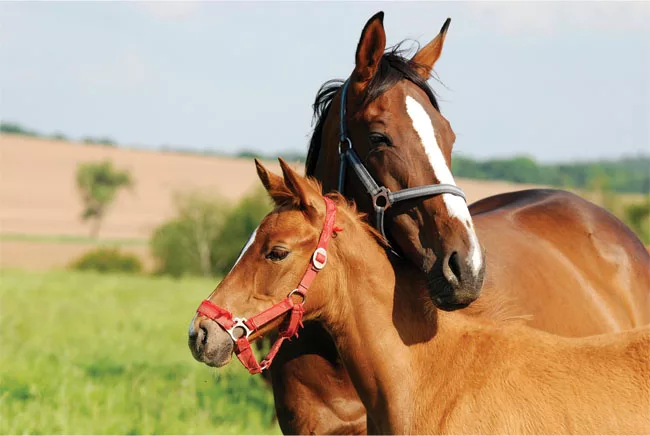American Farriers Journal
American Farriers Journal is the “hands-on” magazine for professional farriers, equine veterinarians and horse care product and service buyers.

Here’s how your footcare clients can provide broodmares with the extra nutritional support needed when pregnant or nursing
A broodmare who is brooding may appear relaxed and contented on the outside as her midsection expands. But inside, her growing foal is making ever-increasing demands on her body, which will only dramatically increase after she gives birth.
The early stages of pregnancy, when the fetus is the size of a walnut, aren’t particularly strenuous for the average horse. Yet that situation radically changes as the mare enters her fifth month of gestation. From then on, the unborn foal’s growth accelerates — and with it, the mare’s nutritional requirements.
Over the course of a healthy pregnancy, a mare’s weight should increase by an amount equal to the weight of the foal at birth plus the weight of the placenta and the uterine fluids — generally 9% to 12% of the mare’s original weight. A 1,100-pound mare, for example, should gain 100 to 130 pounds (45 to 60 kilograms) during the course of her gestation, with two-thirds of that total weight gain coming in the final 3 months (averaging 0.75 to 1 pound of weight gain per day during that time period).
In the last 110 days of pregnancy, a broodmare’s energy needs will progressively increase by 10% to 20%. She’ll need almost twice the amount of calcium and phosphorus in her diet that she would normally require, and her need for protein will inch up to about 1.3 times its usual level. All of these nutrients are important for the construction of a strong, healthy foal. In…